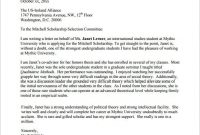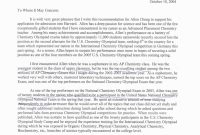 Tlcharger Gratuit Printable Letter Of Recommendation For within sizing 793 X 1122
Tlcharger Gratuit Printable Letter Of Recommendation For within sizing 793 X 1122How to Write a Compelling Recommendation Letter for a Ph.D. Student: A Guide for Professors and Advisors
A Good Recommendation Letter For Ph.D. Students – Writing a recommendation letter for a Ph.D. student is a significant responsibility. It plays a crucial role in the application process and can greatly influence the student’s chances of acceptance into their desired graduate program. As a professor or advisor, your letter can highlight the applicant’s strengths, accomplishments, and potential for success in their academic pursuits. This guide will explore the key components of a strong recommendation letter and provide valuable tips to ensure your letter stands out and supports the student’s application effectively.
Understanding the Ph.D. Application Process
Before diving into the specifics of writing a recommendation letter, it’s essential to understand the purpose of such letters in the context of the Ph.D. application process. Admissions committees often receive numerous applications from highly qualified candidates, making it challenging to differentiate among them. Recommendation letters provide valuable insights into the applicant’s academic abilities, research potential, personal qualities, and fit for the program. These letters serve as endorsements from individuals who have had a close professional relationship with the student, offering an informed perspective on their capabilities and potential as researchers.
To write a compelling recommendation letter, it’s crucial to grasp what admissions committees seek. They seek evidence of the applicant’s academic achievements, research experience, intellectual curiosity, and dedication to their field of study. They are also interested in learning about the student’s personal qualities, such as their work ethic, leadership skills, and ability to collaborate effectively. You can provide a comprehensive and persuasive portrait of the student’s qualifications by highlighting these aspects.
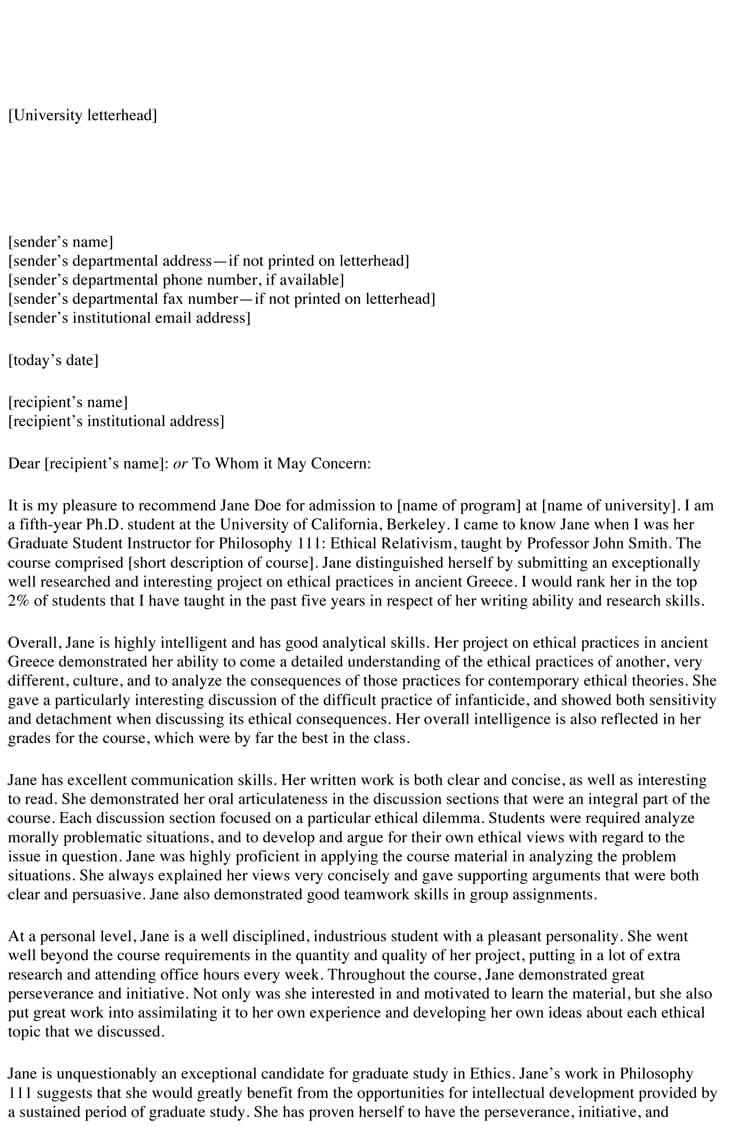 Academic Recommendation Letter 20 Sample Letters Templates intended for size 750 X 1128
Academic Recommendation Letter 20 Sample Letters Templates intended for size 750 X 1128Key Components of a Strong Recommendation Letter
To create a powerful recommendation letter, key components should be incorporated. First and foremost, your letter should be personalized and tailored to the specific student. Begin by introducing yourself and your relationship with the applicant. This establishes your credibility and allows the admissions committee to understand the context of your recommendation.
Next, emphasize the qualities and characteristics that make the student an outstanding candidate for the Ph.D. program. Highlight their research experience, academic achievements, and leadership skills. Provide specific examples to substantiate your claims and demonstrate the student’s capabilities. Remember to focus on their unique strengths, contributions, and potential for future growth and success.
Furthermore, consider addressing the student’s personal qualities and ability to work well within a team. Ph.D. programs often involve collaboration and interdisciplinary work, so showcasing the applicant’s capacity to contribute to a supportive and intellectually stimulating academic environment is important.
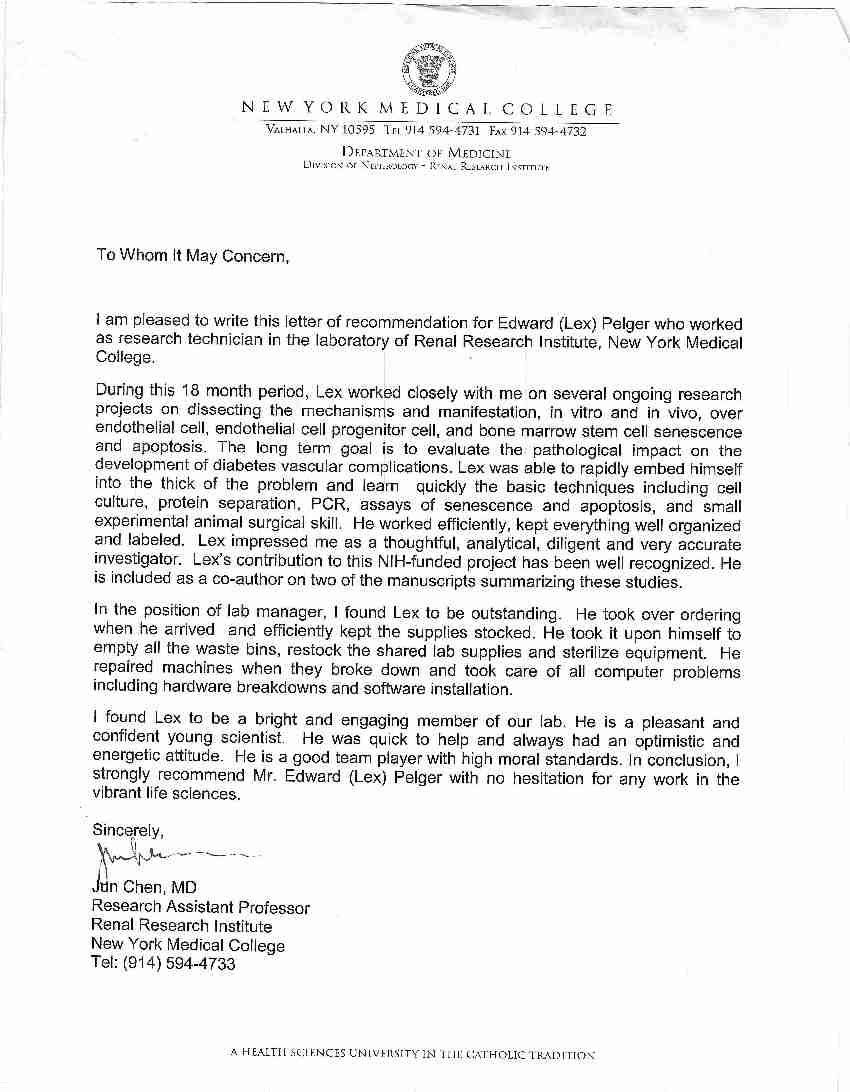 Letter Of Recommendation For Ph.D. Student Enom within size 850 X 1092
Letter Of Recommendation For Ph.D. Student Enom within size 850 X 1092Tips for Writing an Effective Recommendation Letter
Writing an effective recommendation letter requires careful planning and attention to detail. Here are some tips to guide you through the process:
1. Organize your letter logically:
- Use a clear and structured format with an introduction, body paragraphs, and a conclusion.
- In the introduction, please provide an overview of your relationship with the student and your assessment of their potential as a Ph.D. candidate.
- The body paragraphs detail specific examples and anecdotes highlighting the student’s accomplishments, skills, and qualities.
- Conclude the letter by summarizing your main points and reiterating your strong recommendation for the student.
2. Develop a persuasive tone:
- Use strong and positive language to convey confidence in the student’s abilities.
- Emphasize the impact and significance of the student’s research and academic achievements.
- Communicate your enthusiasm for supporting the student’s application.
3. Address weaknesses or concerns:
- If there are any weaknesses or concerns in the applicant’s profile, approach them tactfully and provide constructive feedback.
- Suggest how the student can overcome these challenges and demonstrate their growth potential.
4. Keep it concise and focused:
- A recommendation letter should typically be one to two pages long.
- Avoid including excessive details or repetitive information that could make the letter seem wordy.
- Instead, prioritize quality over quantity, focusing on the student’s profile’s most relevant and impactful aspects.
5. Proofread and edit:
- Thoroughly review your letter for grammatical errors, typos, and awkward phrasing.
- Ensure the letter flows smoothly and is easy to read.
- Seek feedback from colleagues or trusted individuals to ensure the letter is clear, coherent, and engaging.
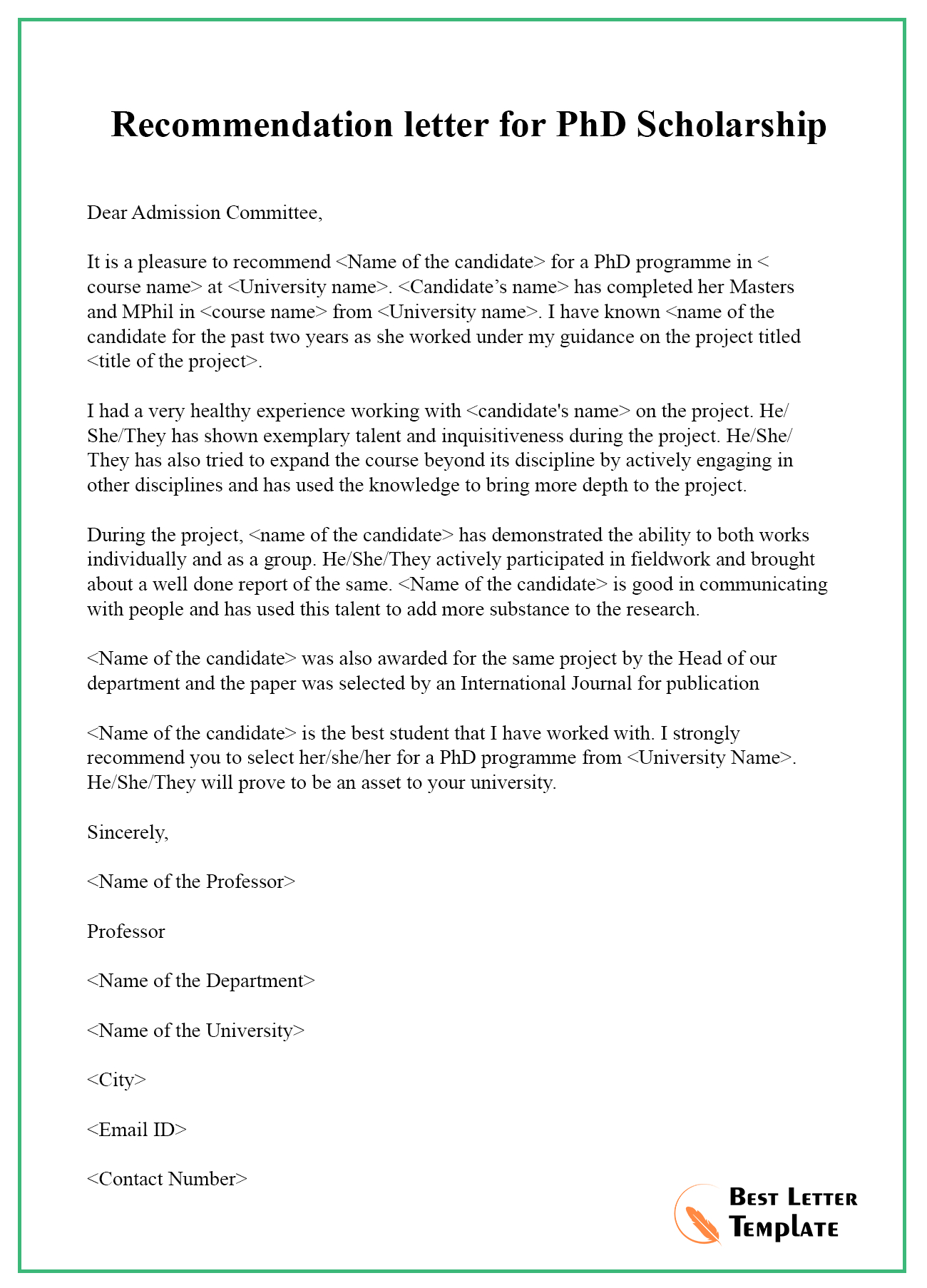 Recommendation Letter For Ph.D. Scholarship Best Letter Template intended for proportions 1300 X 1806
Recommendation Letter For Ph.D. Scholarship Best Letter Template intended for proportions 1300 X 1806Dos and Don’ts of Recommendation Letter Writing
To further enhance the effectiveness of your recommendation letter, here are some dos and don’ts to keep in mind:
Dos:
- Do personalize your letter to the specific student and program.
- Provide concrete examples and specific anecdotes to illustrate the student’s achievements and potential.
- Do use a professional and engaging tone that captures the reader’s attention.
- Do proofread and edit your letter to ensure clarity and correctness.
- Do submit your letter within the specified deadline.
Don’ts:
- Don’t exaggerate the student’s accomplishments or use vague language.
- Don’t include irrelevant information or unrelated anecdotes.
- Don’t focus solely on the student’s academic achievements; consider their personal qualities and potential for growth.
- Don’t rush the writing process; take the time to craft a thoughtful and compelling letter.
- Don’t forget to sign your letter and provide your contact information for further inquiries.
 Recommendation Letter For Graduate Student 01 Best Letter intended for measurements 2480 X 3508
Recommendation Letter For Graduate Student 01 Best Letter intended for measurements 2480 X 3508